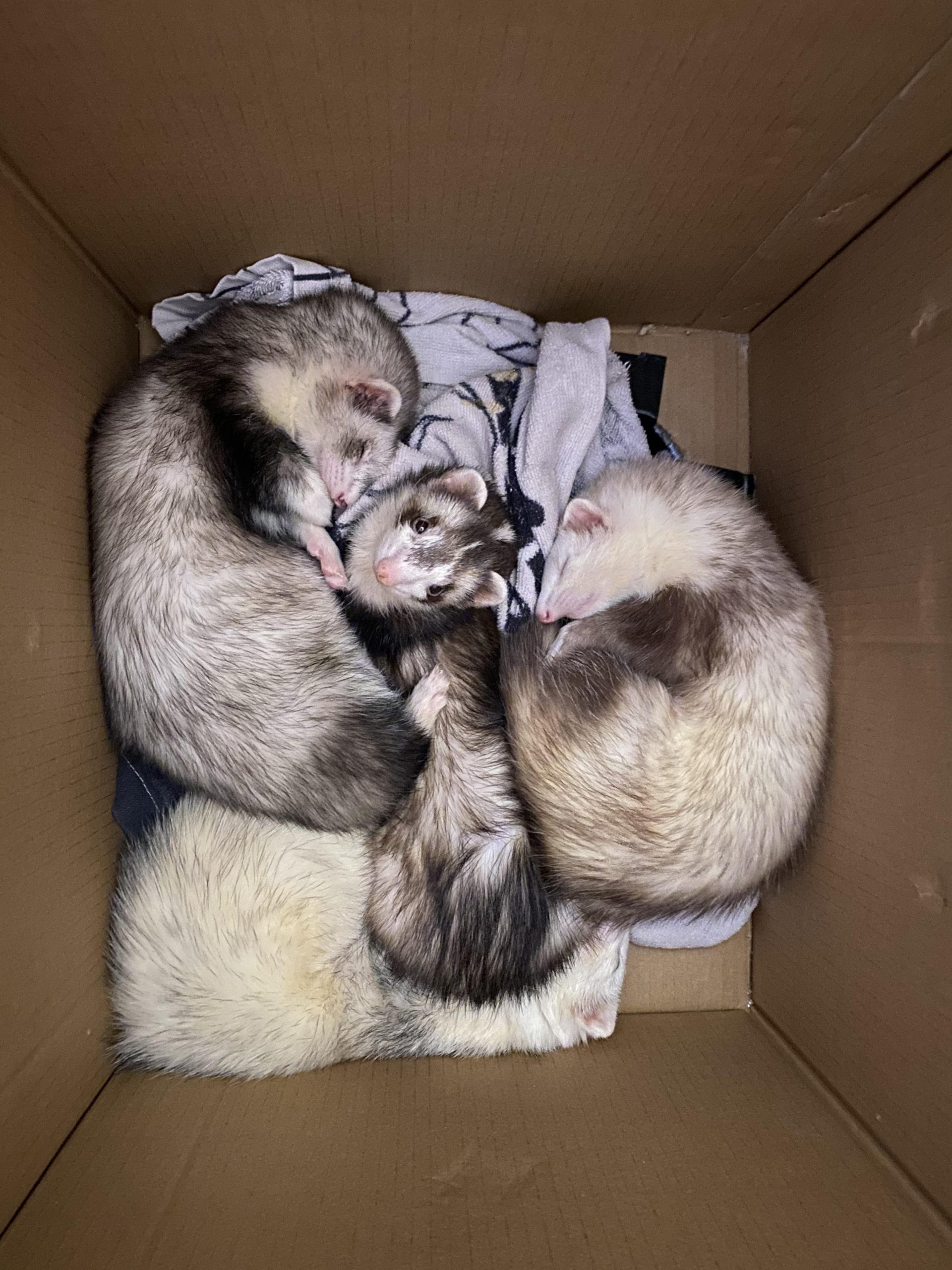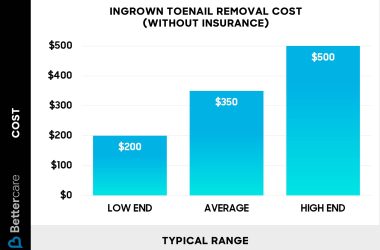Ferrets typically have litters ranging from 4 to 8 kits, depending on various factors. These playful creatures can surprise you with their prolific breeding capabilities. In the wild, female ferrets are known to give birth to larger litters to ensure the survival of their offspring. Understanding how many babies do ferrets have can provide valuable insight into their reproductive behavior. Let’s delve deeper into this fascinating aspect of ferret biology.
How Many Babies Do Ferrets Have: A Complete Guide
Have you ever wondered how many babies a ferret can have? Ferrets are adorable, playful, and curious creatures that make wonderful pets. Understanding their reproductive habits can be fascinating and helpful, especially if you are considering breeding or caring for a pregnant ferret. In this comprehensive guide, we will explore everything you need to know about how many babies ferrets have, their breeding cycle, and essential care tips for pregnant ferrets.
The Reproductive Cycle of Ferrets
Before we dive into the specifics of how many babies ferrets have, let’s first understand their reproductive cycle. Female ferrets, also known as jills, typically come into heat in the spring and fall. During this time, they release pheromones that attract male ferrets, or hobs. The mating process can be quite noisy and energetic, with the male chasing the female until she is receptive.
After successful mating, the female ferret undergoes a period of implantation delay, known as embryonic diapause. This unique feature allows the fertilized eggs to remain dormant until external factors trigger their development. As a result, the jill will not show visible signs of pregnancy until several weeks after mating.
How Many Babies Do Ferrets Have?
Now, let’s address the burning question: how many babies do ferrets have? Ferrets typically give birth to litters ranging from 3 to 7 kits, with the average litter size being around 5 kits. However, it is not uncommon for ferrets to have smaller or larger litters, depending on various factors such as age, health, and genetics.
Unlike some other animals that give birth to large numbers of offspring, ferrets have relatively small litters. This is because they invest a significant amount of energy and resources into each kit to ensure their survival. The mother ferret, or queen, is responsible for nursing, grooming, and protecting her kits until they are old enough to fend for themselves.
Factors Affecting Litter Size
Several factors can influence the size of a ferret’s litter. One of the primary factors is the age of the female ferret. Younger jills may have smaller litters during their first few breeding cycles, while older jills may have larger litters but are also at higher risk for pregnancy-related complications.
Additionally, the overall health and genetics of the ferrets play a crucial role in determining litter size. Ferrets that are well-nourished, properly socialized, and free from genetic abnormalities are more likely to have larger and healthier litters.
Caring for Pregnant Ferrets
For those who have a pregnant ferret or are considering breeding, it is essential to provide proper care to ensure the health and well-being of both the mother and her kits. Here are some essential tips for caring for pregnant ferrets:
1. Nutrition:
During pregnancy, female ferrets require a diet that is high in protein and fat to support the growth and development of the kits. Ensure that your pregnant ferret has access to quality ferret food and fresh water at all times.
2. Nesting Box:
Provide a comfortable nesting box filled with soft bedding where the pregnant ferret can build a nest for her kits. Make sure the nesting box is placed in a quiet and secluded area to reduce stress and disturbances.
3. Veterinary Care:
Regular veterinary check-ups are essential during pregnancy to monitor the health of the mother ferret and her developing kits. Consult your veterinarian for advice on vaccinations, deworming, and other necessary medical care.
4. Socialization:
Pregnant ferrets may become more sensitive and territorial. Be patient and gentle with your ferret, and provide her with ample opportunities for exercise and socialization to reduce stress and anxiety.
In conclusion, ferrets typically have litters ranging from 3 to 7 kits, with the average litter size being around 5 kits. Understanding the reproductive cycle of ferrets, factors influencing litter size, and essential care tips for pregnant ferrets is crucial for responsible ferret breeding and ownership.
Remember, breeding ferrets should only be done by experienced and knowledgeable individuals to ensure the health and welfare of the animals involved. If you have any questions or concerns about how many babies ferrets have or the breeding process, always consult a veterinarian or ferret expert for guidance.
We hope this guide has been informative and insightful. Stay tuned for more fascinating insights into the world of ferrets and other adorable pets!
5 MISTAKES New Ferret Owners Make
Frequently Asked Questions
How many babies do ferrets typically have in a litter?
Ferrets usually give birth to a litter size ranging from 3 to 7 babies, although the average litter size is around 5 kits. The number of babies can vary based on factors like the age and health of the mother ferret.
Is it common for ferrets to have large litters?
While ferrets can have larger litters, it is more common for them to have moderate-sized litters of around 5 kits. However, some ferrets may have smaller or larger litters due to individual differences.
At what age do ferrets start reproducing and having babies?
Female ferrets, also known as jills, reach sexual maturity around 6 to 8 months of age. Male ferrets, called hobs, also become sexually mature around the same age. This is when they can start reproducing and having litters of their own.
Final Thoughts
Ferrets typically give birth to litters consisting of 4 to 8 kits. The number of babies a ferret has may vary depending on factors such as age, health, and breeding conditions. It is important for ferret owners to be prepared for the responsibility of caring for potential large litters. Understanding how many babies do ferrets have can help ensure proper care and planning for the well-being of both the mother and the kits.












